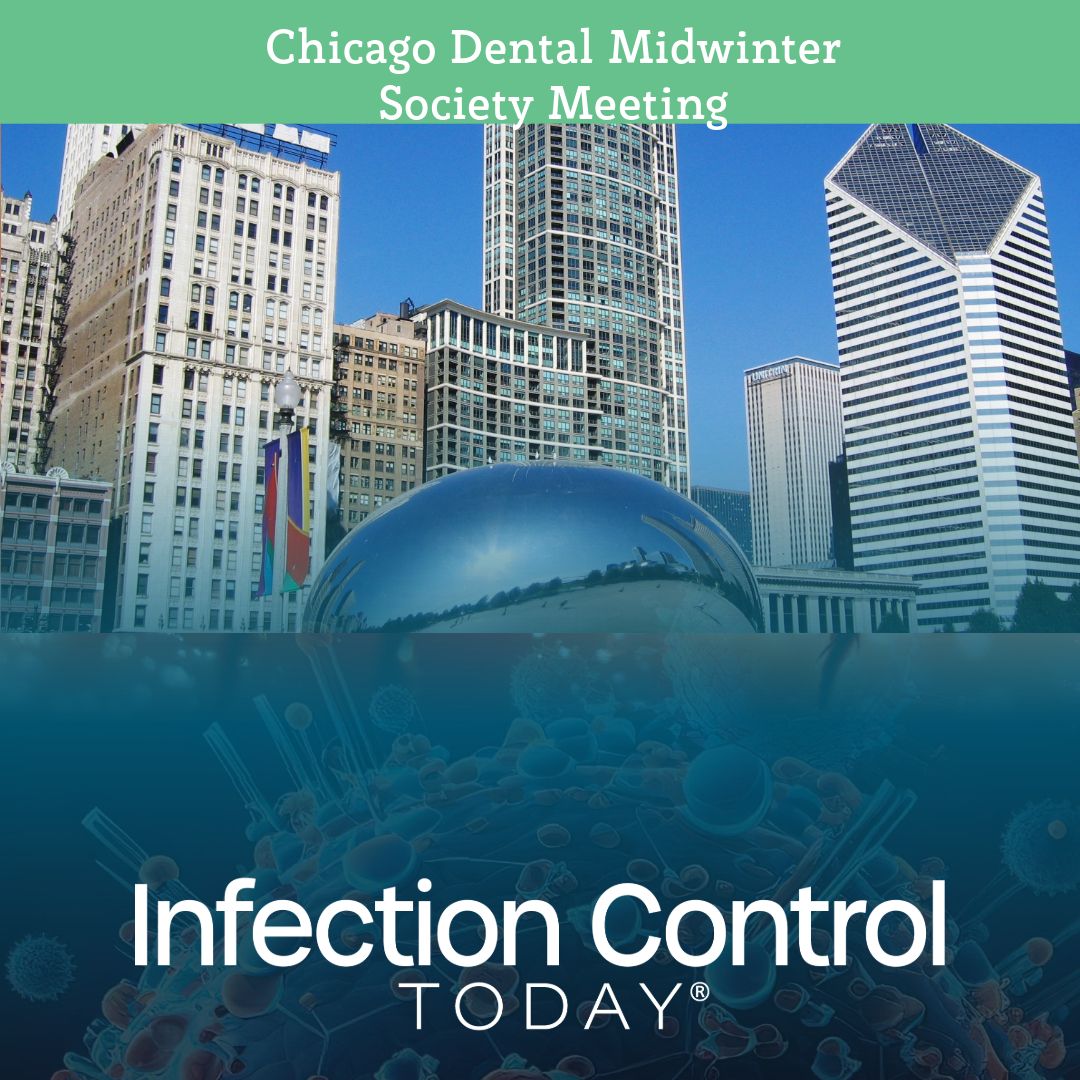Oral Parasites and Periodontal Disease: The Hidden Threat to Dental Health
Entamoeba gingivalis and Trichomonas tenax are protozoan parasites linked to periodontal disease. Emerging research highlights their role in oral inflammation, tissue destruction, and worsening gum disease.
Chicago’s Dental Society Midwinter Meeting
(Adobe Stock 7622055 by abricotine)

For decades, bacterial infections have been the primary focus of periodontal disease research. However, new studies shed light on an unexpected culprit—oral protozoan parasites. At the Chicago Dental Society Midwinter Meeting 2025, held from February 19 to 22, 2025, student researchers presented findings in a poster on Entamoeba gingivalis and Trichomonas tenax, 2 parasitic organisms that inhabit the human mouth and may play a crucial role in the progression of gum disease.
The Role of Entamoeba gingivalis in Periodontal Disease
E gingivalis, first identified in 1849, is a protozoan found in dental plaque and inflamed gum tissue. This parasite does not form cysts, making person-to-person transmission more likely through direct saliva contact, such as kissing or sharing utensils. Studies indicate that its prevalence is significantly higher in individuals with chronic periodontitis, suggesting it may contribute to tissue destruction and inflammation.
Pathogenic mechanisms of E gingivalis include:
- Tissue invasion – The parasite invades gum tissue and feeds on epithelial cells, neutrophils, and other immune cells.
- Induction of inflammation – It triggers the production of inflammatory cytokines like IL-8, TNF-α, and IL-1β, accelerating periodontal destruction.
- Survival in biofilms – E gingivalis thrives within plaque biofilms, evading immune detection and antimicrobial treatments.
Laboratory detection methods include microscopy, specialized staining techniques, culture methods, and PCR-based molecular assays to confirm the presence of the parasite in periodontal patients.
Trichomonas tenax: A Flagellated Parasite with Destructive Potential
Unlike E gingivalis, Trichomonas tenax is a flagellated protozoan that moves through the oral cavity. First described in 1773, it is primarily found in patients with poor oral hygiene, gingivitis, and severe periodontitis. It is commonly transmitted through contaminated drinking water or saliva exchange.
Key pathogenic effects of T tenax:
- Attachment to host cells – It binds to oral epithelial cells, mimicking amoeboid movement.
- Enzyme secretion – Produces proteases that degrade the extracellular matrix, weakening gum tissue.
- Osteoclast activation – Stimulates bone resorption, increasing the risk of tooth loss.
Molecular techniques such as PCR and staining (eg, Giemsa, Papanicolaou) have improved the detection of T tenax, helping to establish its role in periodontal disease.
Implications for Periodontal Health
The presence of these parasites in periodontal lesions suggests they may act as copathogens, working alongside bacterial infections to accelerate gum destruction. Their ability to evade immune responses and persist within biofilms makes them particularly challenging to eliminate.
Preventive Strategies & Future Directions:
- Improved diagnostics – Regular screening for protozoan infections in periodontal patients.
- Targeted treatments – Developing antiparasitic therapies to complement standard periodontal care.
- Public awareness – Educating patients on oral hygiene and transmission risks.
While bacteria remain the primary drivers of gum disease, E gingivalis and T tenax may be the missing links in understanding why some periodontal infections are more aggressive than others. Future research into antiparasitic treatments and advanced diagnostic methods may revolutionize how we approach oral health care.
Robust infectious disease surveillance, including rapid subtyping of influenza A, is essential for early detection, containment, and public health reporting of novel viral threats.
Robust infectious disease surveillance, including rapid subtyping of influenza A, is essential for early detection, containment, and public health reporting of novel viral threats.
2 Commerce Drive
Cranbury, NJ 08512